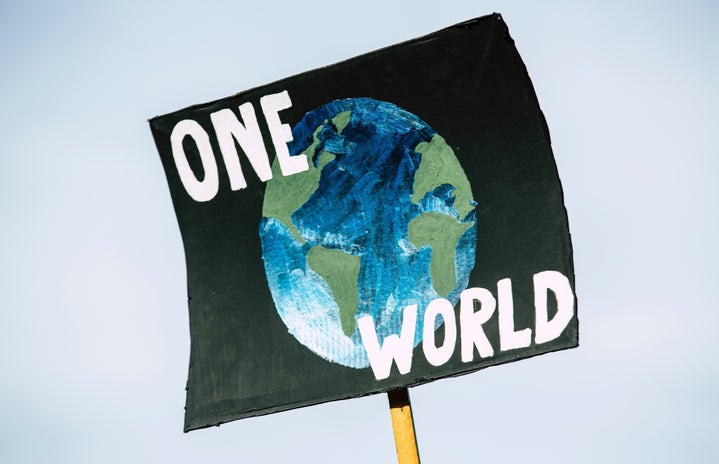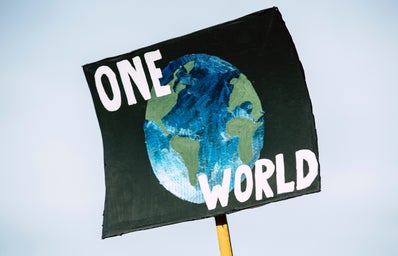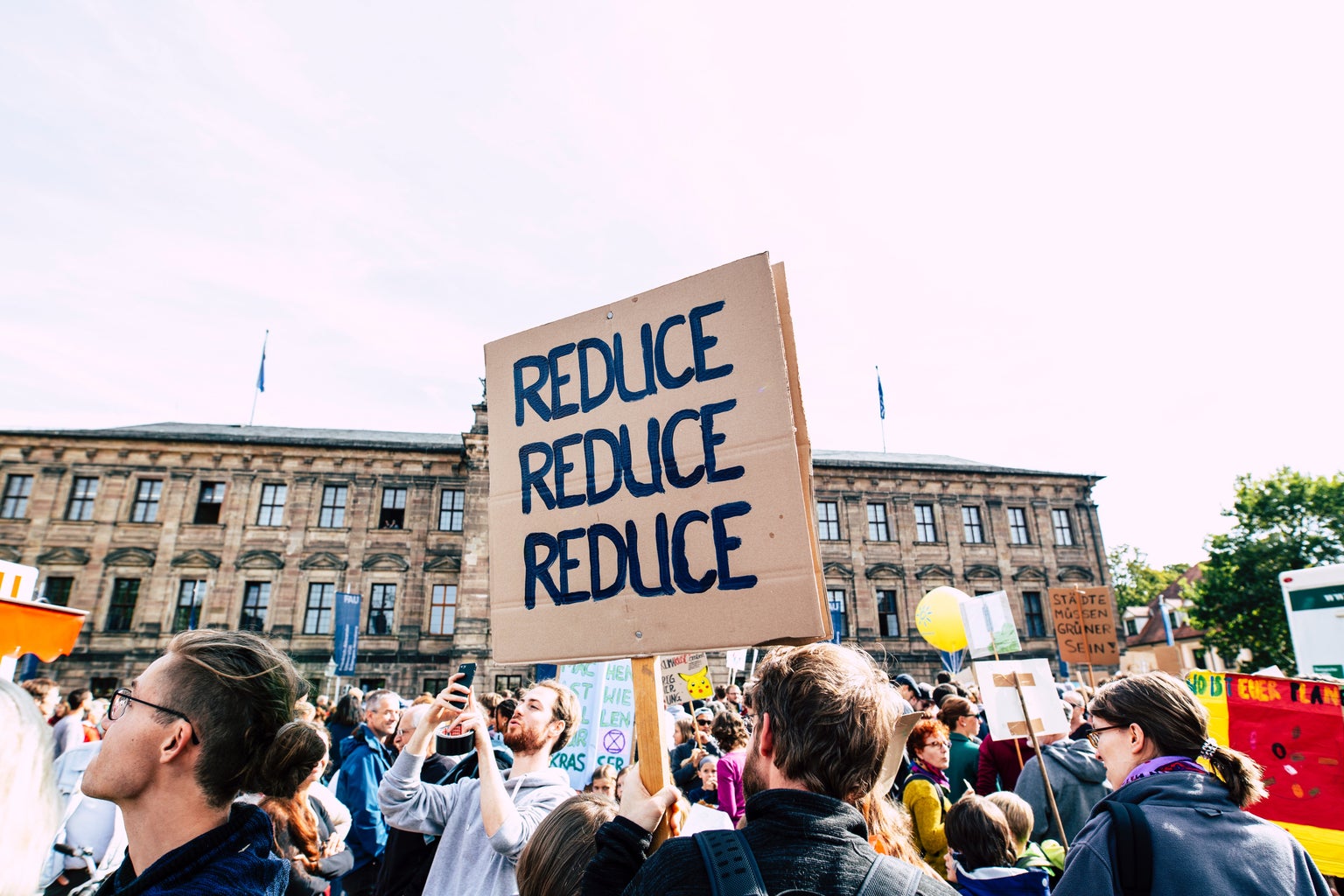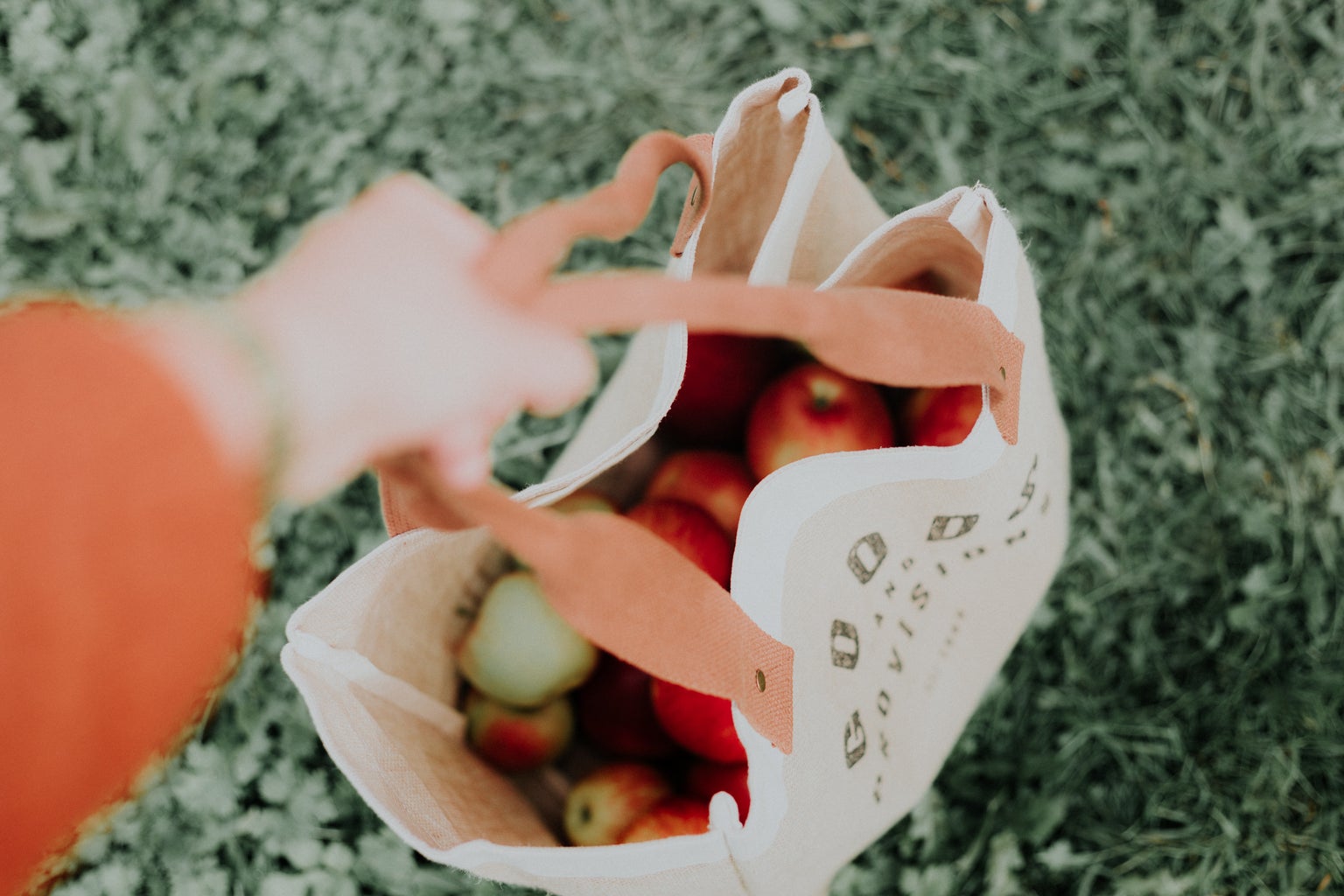What is Too Good to Go?
Too Good to Go (TGTG) is an app available for both IOS and Android, designed to decrease food waste rates through the selling and buying of excess products.
In an Instagram live with Lucie Basch, co-founder of Too Good To Go, she reminisced about how it all started at home: “I would count down the number of meals saved,” and now the app has prevented over 87 million meals from being wasted.
Research done by the UN Environment Programme and the World Resources Institute estimates that one out of every four food calories intended for people is not consumed by them. All in all, 25% of the world’s food calories are lost or wasted. With more than one-third of food going to waste globally, TGTG claims their mission is “more important than ever.”
The overwhelming impact of food waste on climate change is often underestimated. Yearly, 1.3 gigatons of edible food is wasted, releasing approximately 3.3 gigatons of CO2 equivalent. Thus, for every 1kg of food waste, 2.5 kg of CO2 are released into the atmosphere.
If food waste were a country, it would be the third highest emitter of Greenhouse Gasses (GHG).
Too Good To Go estimates that each meal sold through the app amounts to, on average, 1kg. Meaning that each time you use the app to purchase items, you will be saving 2.5 kg CO2. Since its launch in the United States on Sept. 29, 2020, TGTG has saved over 800,000 meals, the carbon footprint equivalent to nearly 400 flights around the world.
But how does it work?
It operates on the basis of transactional relationships between businesses and customers.
Food eaters (AKA you), restaurants, coffee shops and grocery stores are invited to sign up on the app and become a member of a community that is all about saving the environment (and money).
According to the TGTG’s website “the app connects consumers to surplus food waste that would otherwise be thrown away from local restaurants and grocery stores, such as pastries, fresh produce, sushi and more.” In other words, TGTG tracks down your location and checks which businesses are part of the organization and have “Magic Boxes” or “Surprise Bags” around you.
Inside each Magic Box there are delicious products that were not sold and are bound to go to waste… Unless, someone decides to shop around on the app, and pick-up a Magic Box near them.
You might be asking: “Now, why would I eat leftover food?!”
Let me explain – not only are they perfectly fine, yummy products, but most items are being sold for not even half their original price.
Looking at the app myself, I see an option of a Magic Box, 10 minutes away from me, priced at $4.99. The meal’s initial cost? Fifteen dollars!
If it isn’t a college student’s teenage dream! But still, you might be questioning how reliable TGTG’s Magic Boxes are.
In conversation with Chloe Gaviagan and Talia Scharf, American University students who work with TGTG, they explained how and why the meals are safe and edible (since food poisoning does not go well with a 4.00).
Just because the products are surplus foods, it does not mean they are of poor quality. A bakery might have baked goods that were not sold earlier in the day, and are not fresh enough to sell the next morning. But, the items are fine for people to take home and eat later that evening.
A friend of Talia’s purchased a Surprise Bag from a Washington bakery for five dollars and thoroughly enjoyed three bagels and two donuts. And the food just gets yummier when you know you paid only half the price.
Moreover, Chloe guaranteed that TGTG obeys to Washington’s strict food laws on what can be sold and/or donated. So, keep calm and eat your muffin!
Helping the environment, local businesses, and your bank account.
Many still believe that in order to tackle climate change one must buy expensive, eco-friendly products from Whole Foods or change their diet to decrease the carbon footprint. And although both of these alternatives contribute to the cause, they are not viable for all.
With TGTG you can actually save money while helping the environment by preventing goods from being wasted. The app has proven to be beneficial for the consumer, who pays way less than the initial cost, the business, which makes some profit out of products who would have been thrown away and most importantly, Mother Earth!
During the pandemic, TGTG supported local businesses by connecting them to new customers and increasing the flux of clients. Co-founder Basch emphasized that TGTG is a two-way street, as consumers also get to explore the businesses around their area.
“With the app you can discover things you didn’t know were right around the corner from your house!” she said.
If you own a business, or know someone who would like to work with TGTG, simply sign up on the app and Basch assured that the TGTG team will call you back on the same day. In no time you will be saving money while decreasing GHG emissions.
“Food brings people together!” said Basch with a big smiley face. And that is one of the driving forces behind TGTG, to reunite all of those who wish to make a difference in one app.
Invite your friend for a Surprise Bag run and have a fun, eco-friendly date. Do not forget to casually bring up that by eating from 1 Magic Box you are both saving the same amount of CO2 emissions of charging your phone 422 times. That will make the food even tastier!




